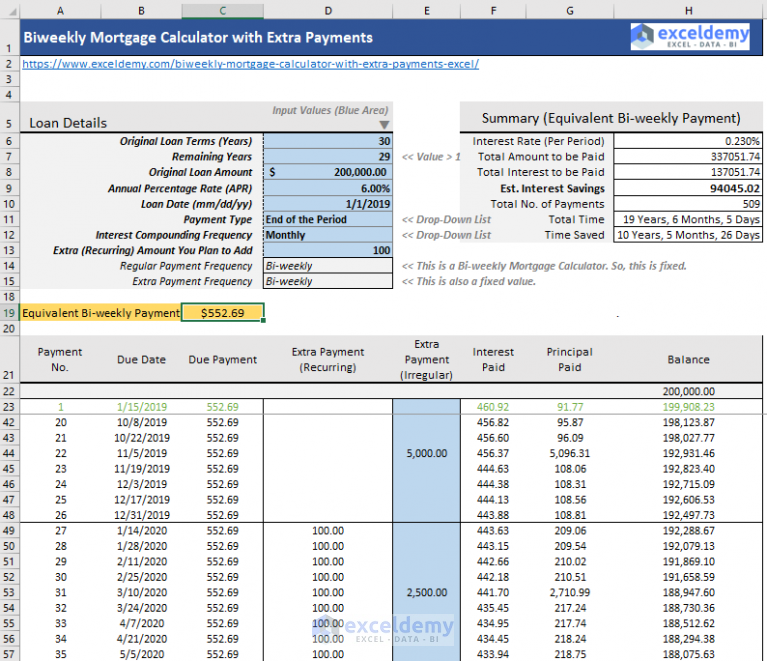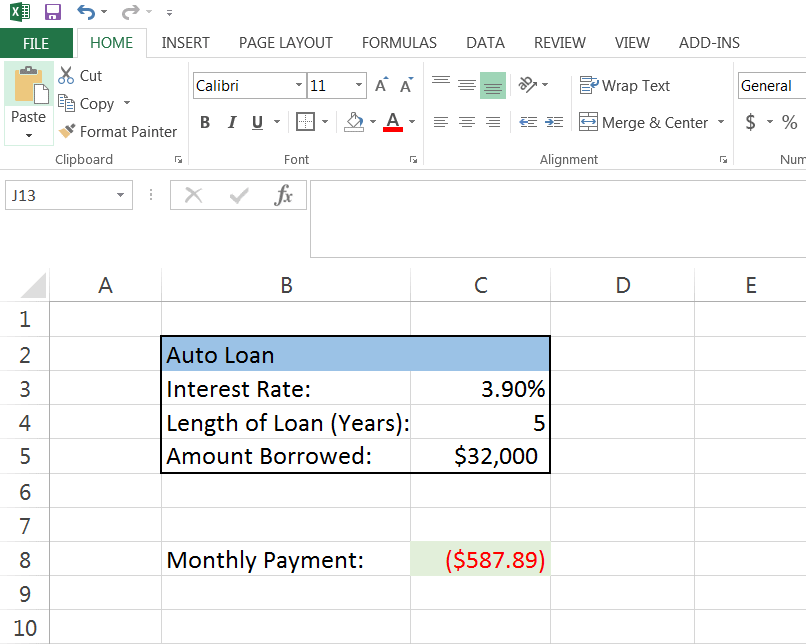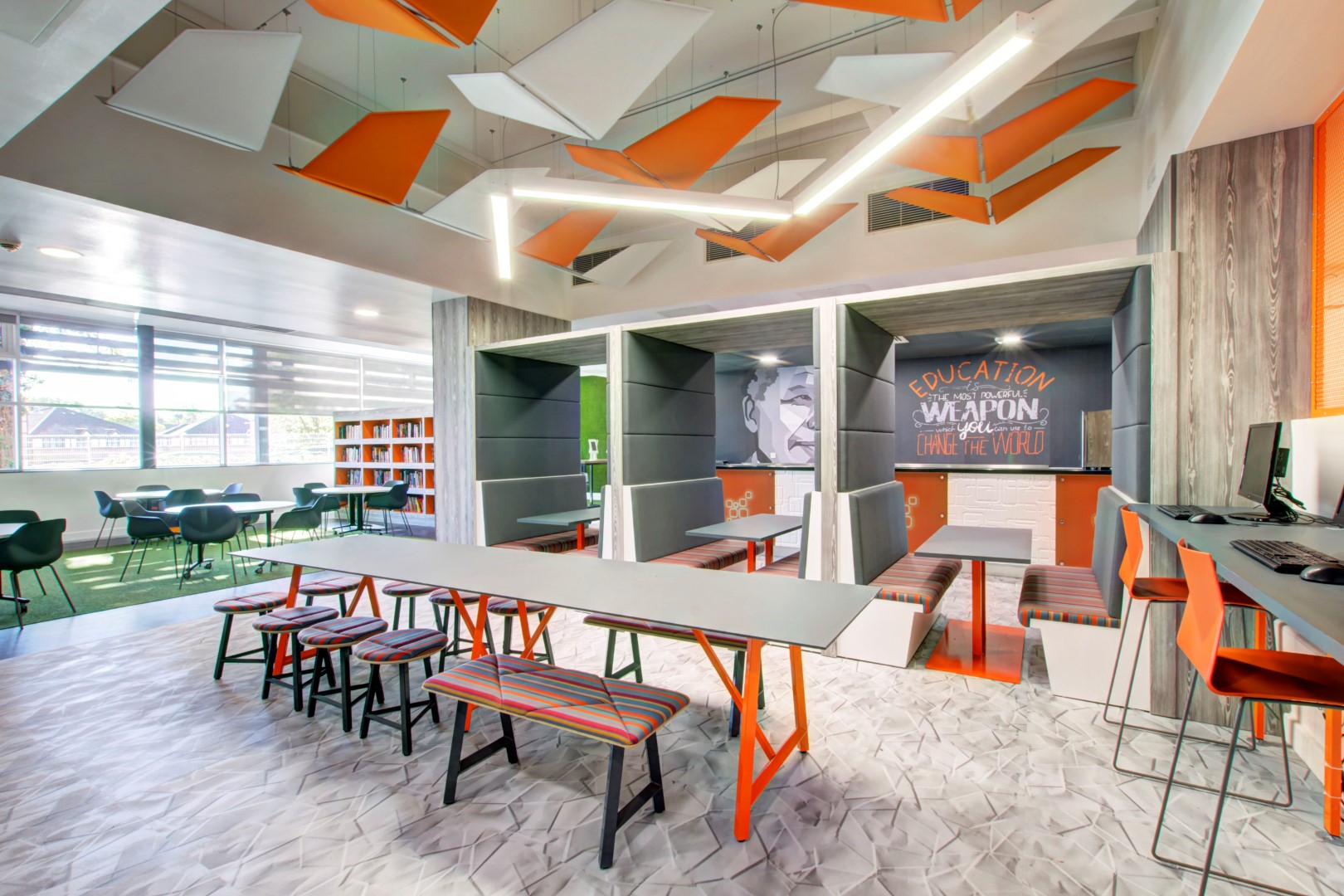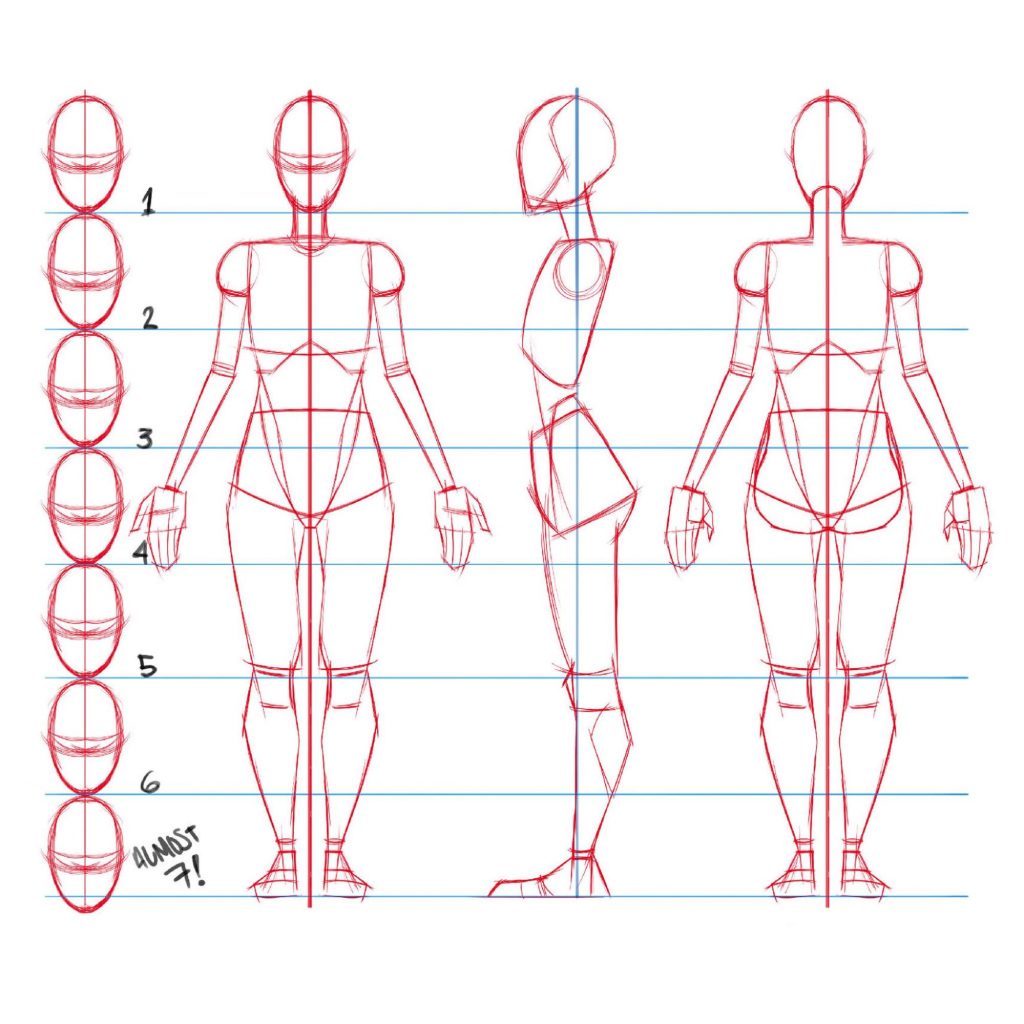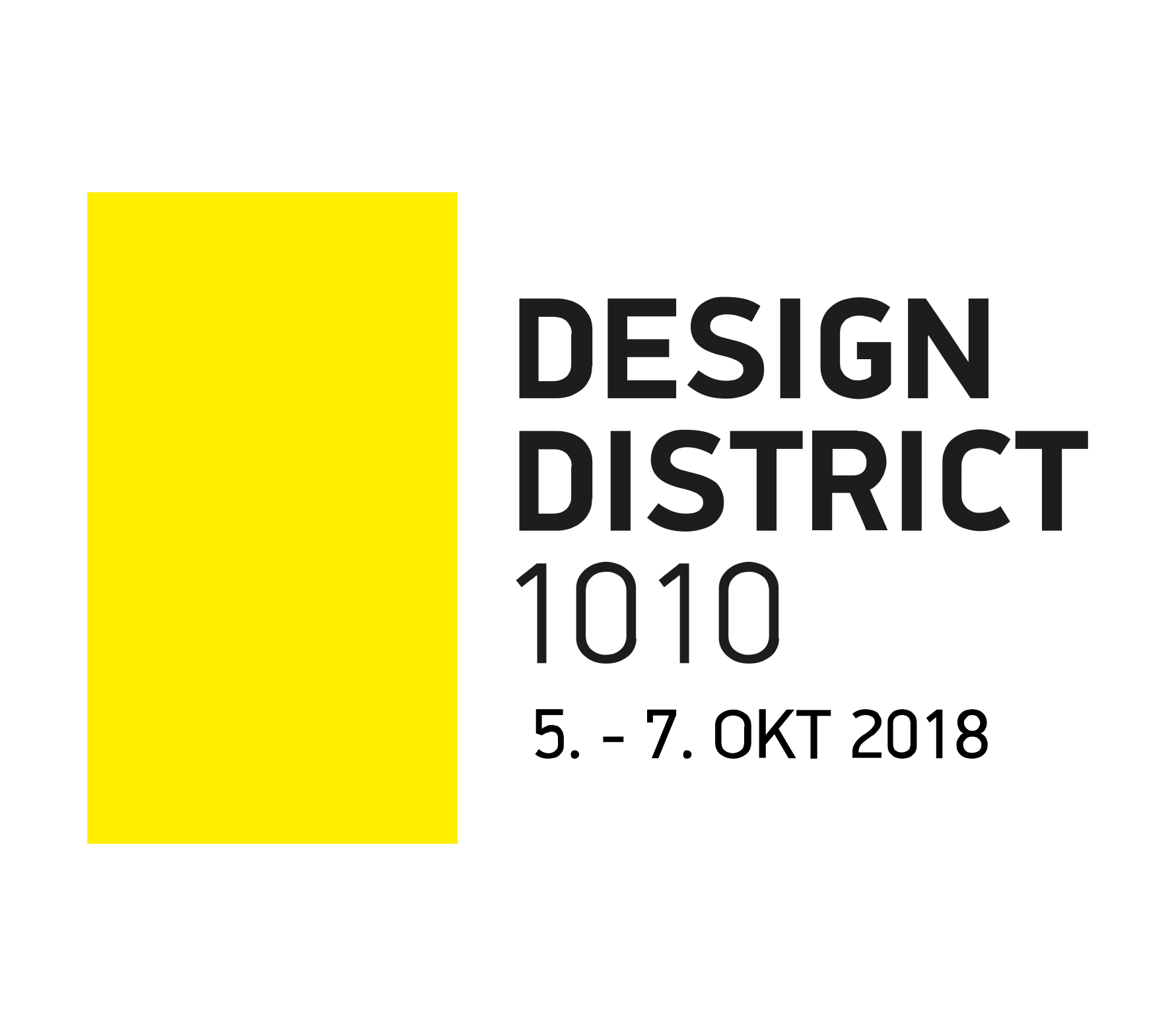Table Of Content
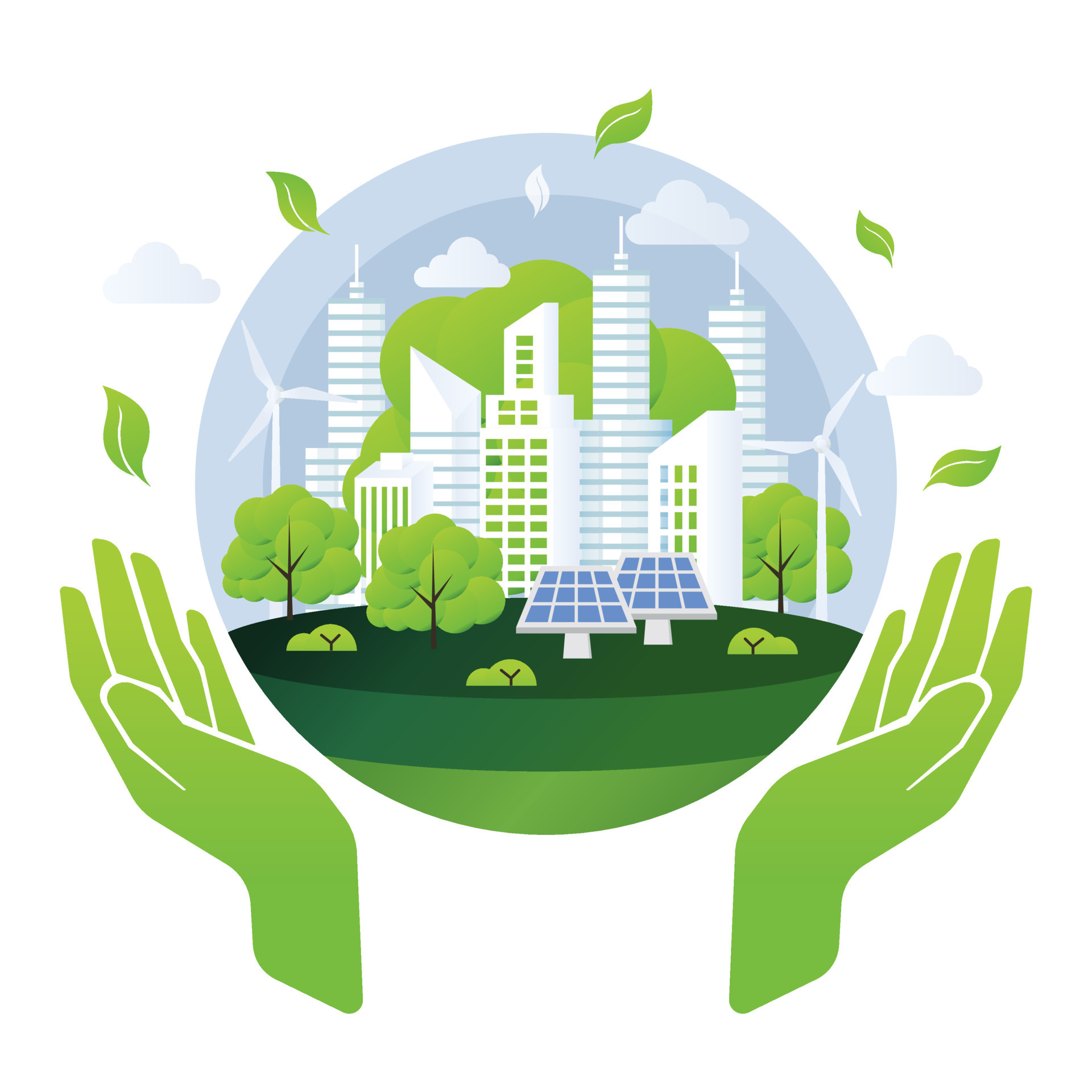
As important as sustainability is, it’s clear that the effects of climate change are already happening. In that regard “sustainability” is not enough, since that effectively means keeping things the way they are. Sustainable design creates long-term solutions and helps societies ensure the well-being of their people and harmony with the environment for generations. Some obstacles that face some sustainable products are the result of a lack of consideration for these four values.
Climate Tech Guide For Designers
If the craft of designing has any real merit and meaning in the world today surely we must use this ability and our resources to create better and more beautiful futures for more people and for future generations. We can not keep calling ourselves ”creatives” and then merely go about making half-hearted iterations of unnecessary objects of no real value for whatever shallow reason — such as following a trend or seeking peer recognition in our sub-culture. If you are a so called ”creative” you probably pride yourself on being in touch with trends. If you are just remotely in touch with the significance of the times we are living through you know that our global moment and coming decades calls for just that.
Sustainability in your marketing materials
Cassidy is an updates editor whose main responsibility is to write and edit articles on a range of home improvement topics. Her passion for lifestyle writing began with her editorial apprenticeship at Travel + Leisure magazine. Moving from travel to home, Cassidy now specializes in writing DIY and interior design content. Look around and you will start to notice apartment buildings that hold much more than apartments but other shared amenities including co-working spaces, restaurants, entertainment venues, retail stores and so much more. These micro-cities give their residents the convenience of having everything in one place and consequently lessen the need for frequent driving. There are the more apparent culprits—the vinyl sofa in the corner or the glossy acrylic frames adorning the hall.
Literature on Sustainable Design
This choice reduces environmental impact and supports responsible resource management and the principles of a circular economy. In 2024, designers are taking a closer look at the materials they use, opting for recyclable and reusable design elements. From packaging materials to digital assets, the emphasis is on creating designs that leave a minimal environmental footprint. Incorporating recyclable materials and designing for reusability not only aligns with sustainability goals but also supports the circular economy. Minimalism, a design philosophy that gained momentum in recent years, continues to be a key player in sustainable design practices. The “less is more” approach not only results in cleaner, more impactful designs but also aligns with the reduction of unnecessary consumption.
Understanding Sustainable Design
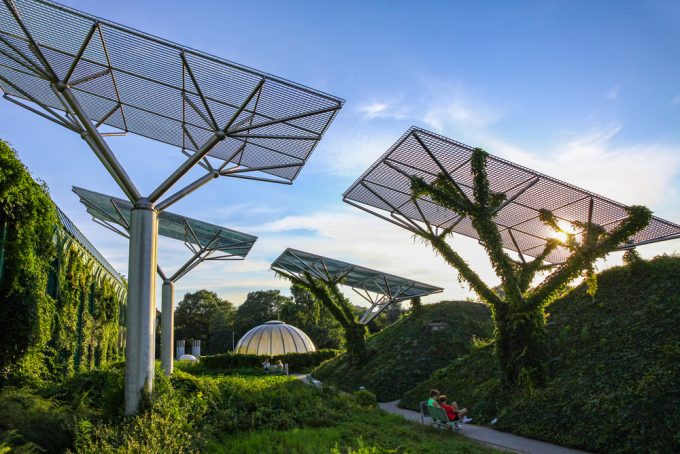
That we can think up possible future situations and constellations before they are materialized. Whether the object of our creation be a small utility, a fashion item or a societal structure. The power of imagination is real and it is a super power that enables us to influence lives and future scenarios in an impactful way; big or small. Creativity is about putting imagination and craft to use to make something novel of value. Design is the process of doing so with specific intention and a sensibility for beauty. Why, you may also ask, should you turn to a designer, rather than a supply chain manager, factory manager, communications/ad agency or technologist?
Sustainable Living: Steps to a Greener Future
Sustainable design is an approach to design that consists of a variety of sustainable design principles, all of which are centered around extending product lifespans and avoiding the depletion of natural resources. Strategically orient buildings to optimize natural light and airflow, reducing energy consumption by minimizing the need for mechanical systems. This approach enhances occupant comfort and significantly decreases the project’s carbon footprint. Architects and builders may use various tools and resources such as energy modeling software, life cycle assessment tools, and sustainable design guidelines and standards to design and construct sustainable buildings. Overall, the fundamental principles of sustainable architecture aim to create environmentally responsible buildings, energy and resource-efficient and healthy and comfortable for occupants.
From Yogurt Cups to Frunk Tub: Ford Snags Sustainable Design Award - Ford
From Yogurt Cups to Frunk Tub: Ford Snags Sustainable Design Award.
Posted: Thu, 16 Nov 2023 08:00:00 GMT [source]
Waste prevention strategiesIn planning for facilities, a comprehensive design strategy is needed for preventing the generation of solid waste. A good garbage prevention strategy would require that everything brought into a facility is recycled for reuse or recycled back into the environment through biodegradation. This would mean a greater reliance on natural materials or products that are compatible with the environment. For example, the cost of pulp (the raw material necessary for paper and corrugated boxes) has been on a steady rise, meaning more environmentally-friendly packaging will be slightly more costly than plastic.
Economically and socially sustainable design

Like most things in the home industry, the location of the homes and the materials to build them highly influence sustainability. On an even smaller scale, interior designers are using the benefits of nature through biophilic design which involves bringing nature into the home both directly and indirectly. Homeowners have the power to control what materials go into their homes, which can be exciting, if not a little daunting, as there are a lot of materials to choose from. If sustainability is your aim, you must first understand how those materials can impact the environment before you can make the best choice. Today, buildings account for nearly 40% of global greenhouse gas (GHG) emissions. According to the World Economic Forum, a third occurs during the building process, while the other two-thirds are from when the building is in use.
At the same time, another company, African Bamboo, has created a bamboo-based building material that is half the weight of concrete but stronger than steel. The home improvement industry is in the process of developing new materials and technologies that can lower a building’s embodied carbon. Some of the most common building materials like cement and plastic are being replaced by greener alternatives.
The examples in the gallery cover a breadth of areas, from small changes to giant leaps, from redesign to new design, as well as covering a range of different sustainability issues considered and balanced as part of a design brief. Good design supports health and well-being for all people, considering physical, mental, and emotional effects on occupants and the community. Good design elevates any project with a thoughtful process that delivers beauty and function. The AIA Framework for Design Excellence challenges architects with a vision of what the profession strives to achieve.
Appropriate — so that it is relevant and truly valuable to the time, for the users and stakeholders and their culture and so that it does not create new additional problems or unwanted effects through its production or use. That a good design object should be long-lasting might initially sound like a very sustainable idea, especially if we are talking about industrial (material) design. But long lasting plastics that are not biodegradable is a big problem in the biosphere.
In lesson 3, you'll dive into humanity-centered design and learn how to apply incremental modular design to large and complex socio-technical problems. Don Norman challenges traditional numerical metrics since they do not capture the complexity of human life and the environment. He advocates for alternative measurements alongside traditional ones to truly understand the complete picture. Carsharing services such as GoTo Carsharing seek to reduce car ownership using the Transportation-as-a-Service model.
Once the detailed design is complete, it is time to validate the product’s performance. Validation covers many workflows and engineering domains to ensure the product functions as expected. Innovative materials and geometries used to meet sustainability targets might require more thorough testing to characterize performance. Simultaneously, new data and understanding of physical phenomena can be used to validate the simulation models used in design, or even optimize them through AI-enhanced reduced order models (ROMs). And data collected from the field or at the end of a product’s life can uncover novel situations, or edge-cases, to refine the digital twin for the next iteration. In addition to traditional design requirements such as performance, durability, useability and cost, designing for sustainable outcomes means meeting new requirements, including carbon emission caps, water use restrictions and recyclability.
We will also explore the tools and resources available to help you design and construct sustainable buildings and offer strategies for educating people about sustainable architecture and encouraging its adoption. The intention with sustainable design is to reduce or completely eliminate negative environmental impacts through thoughtful designs. This concept can be applied across all fields of design, such as designing buildings, products, or services. Koffka/Phakos Design offers complete architecture and interior design services, with sustainability inherent to its design approach. The multitude of homes in its portfolio showcases passive strategies to conserve water and energy and active strategies that use technology like solar, thermal, and photovoltaic to create energy and promote self-sustainability.
